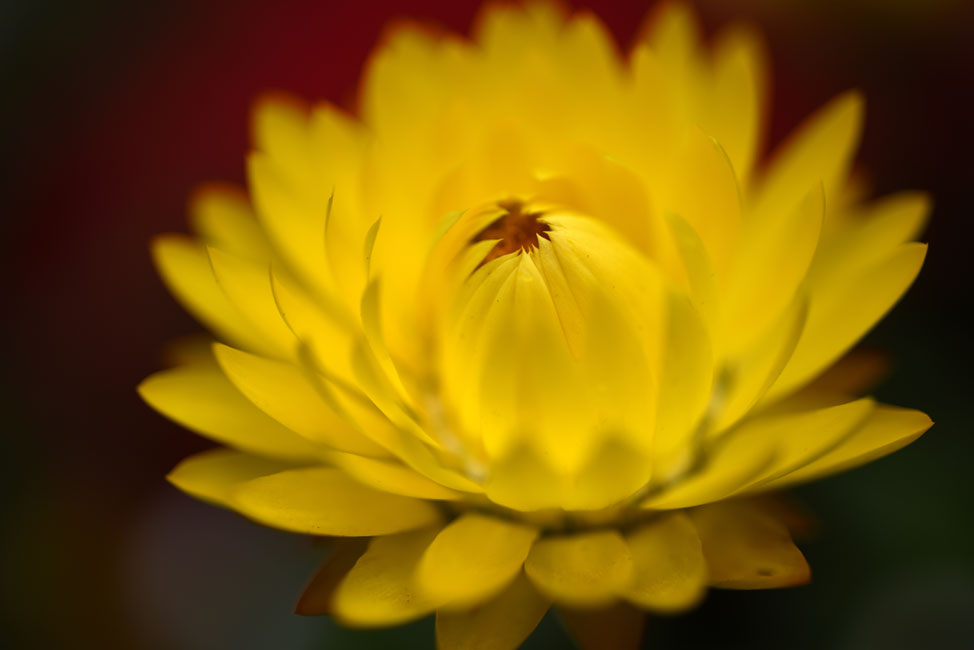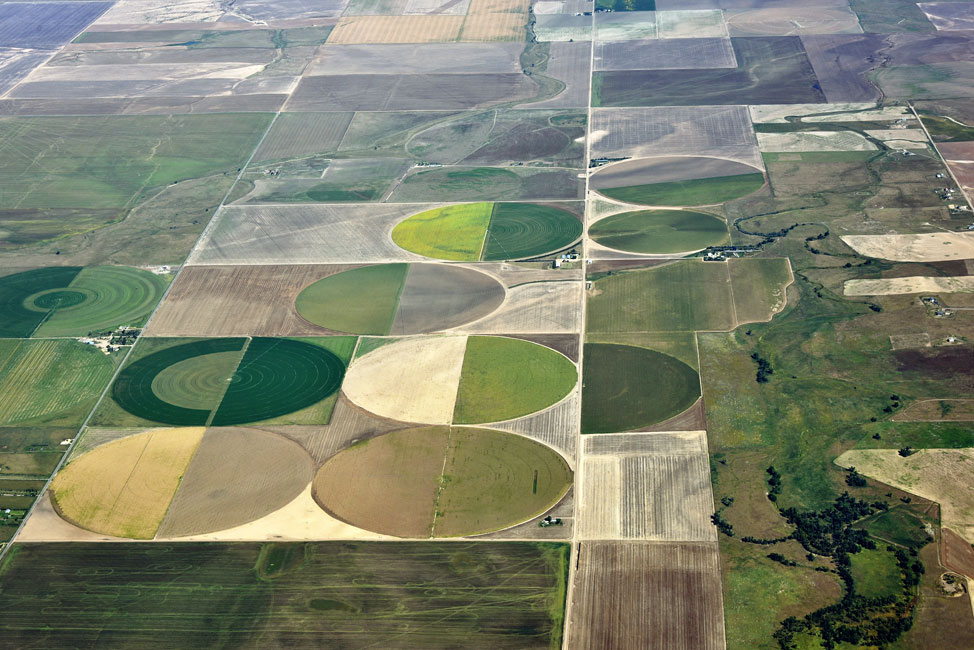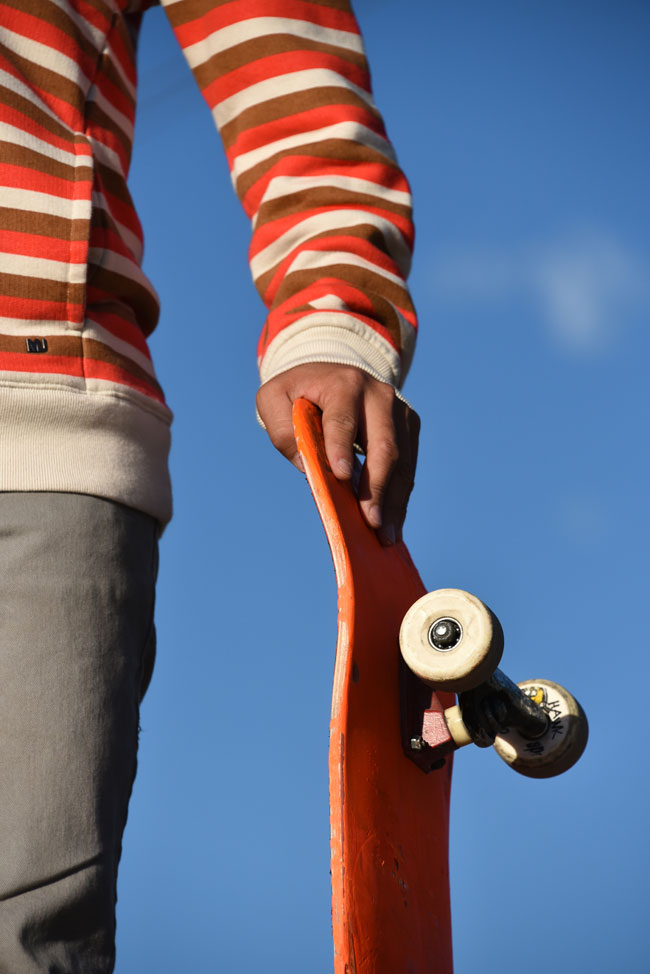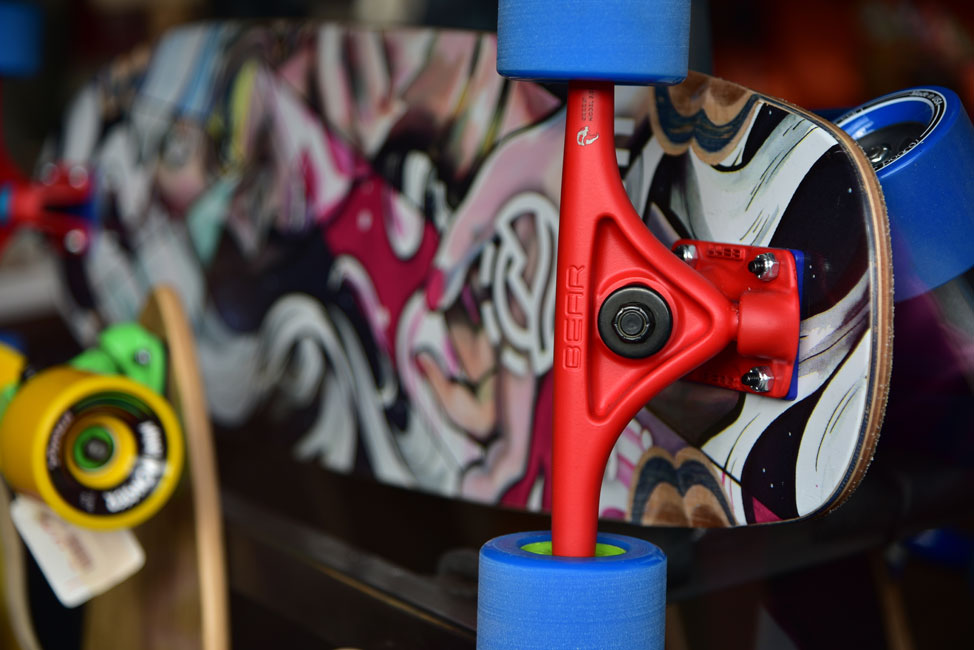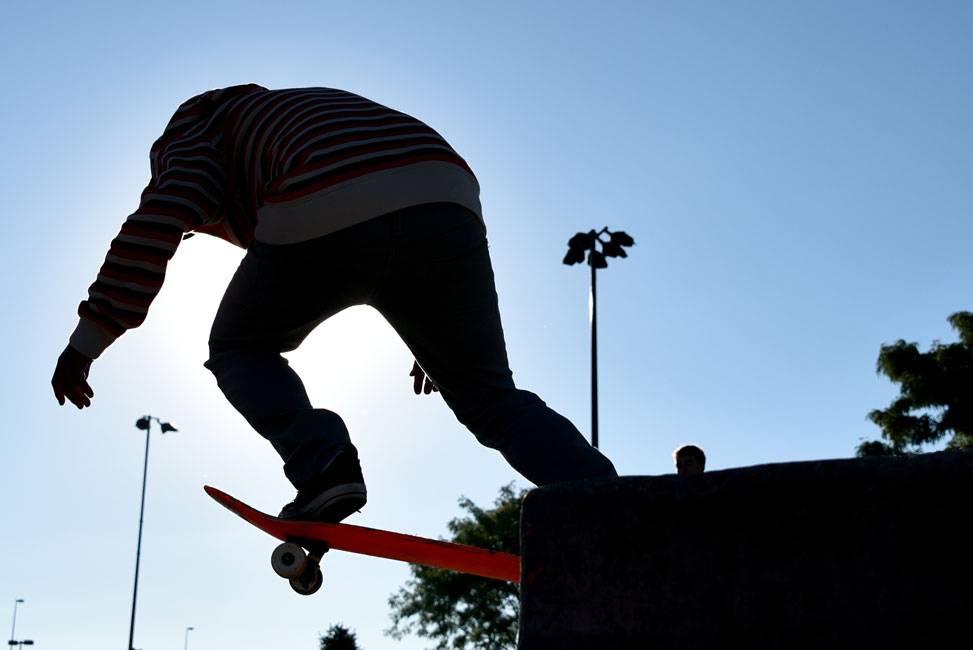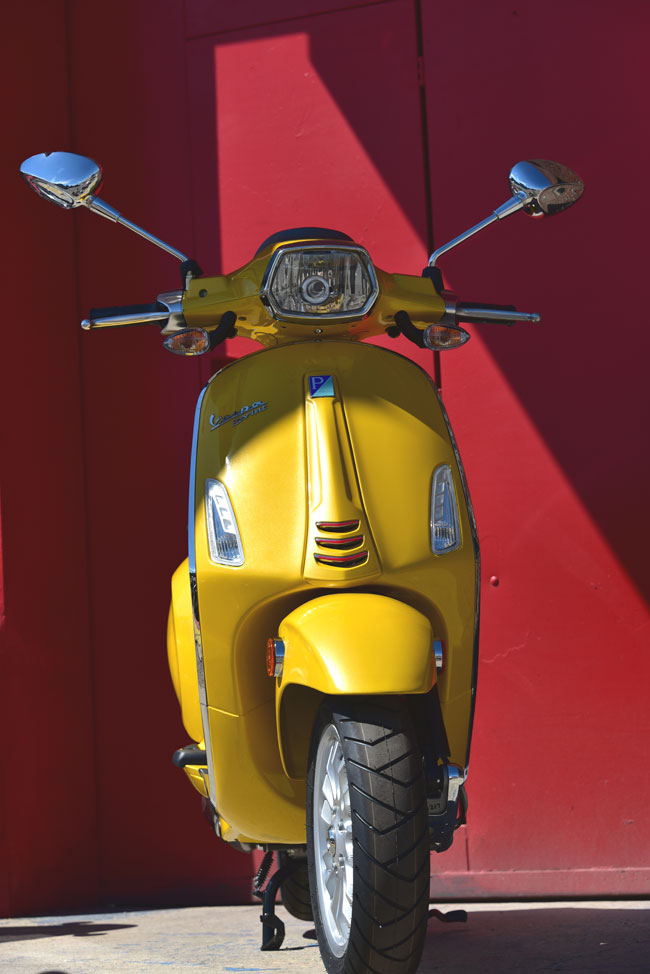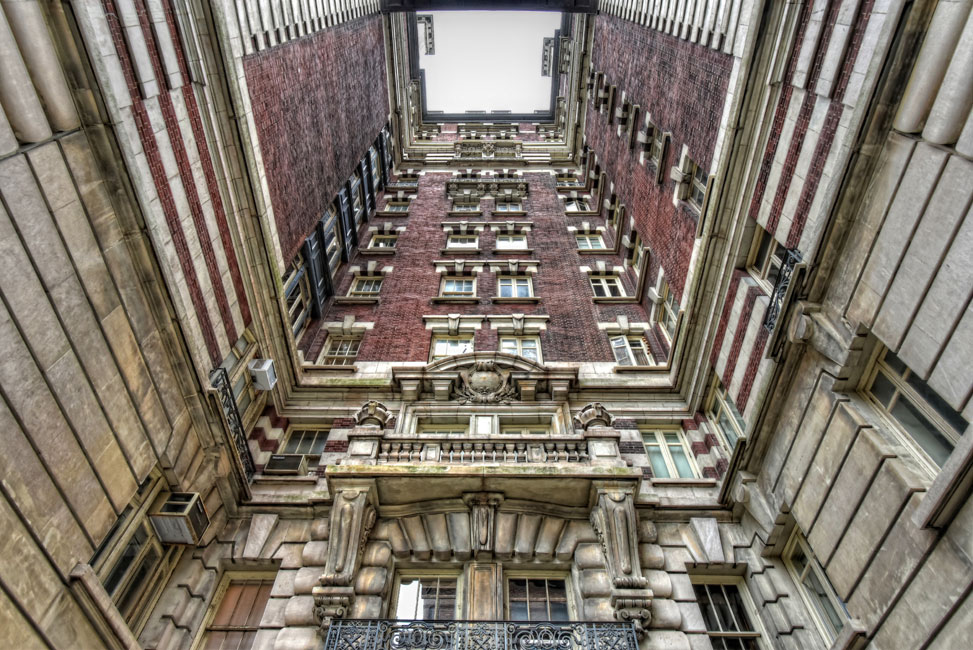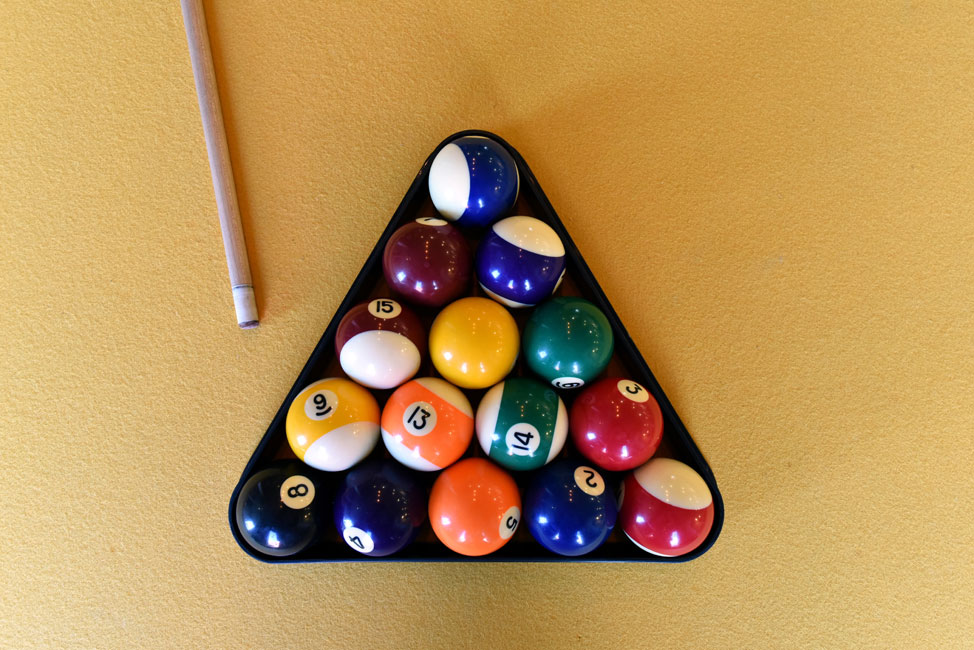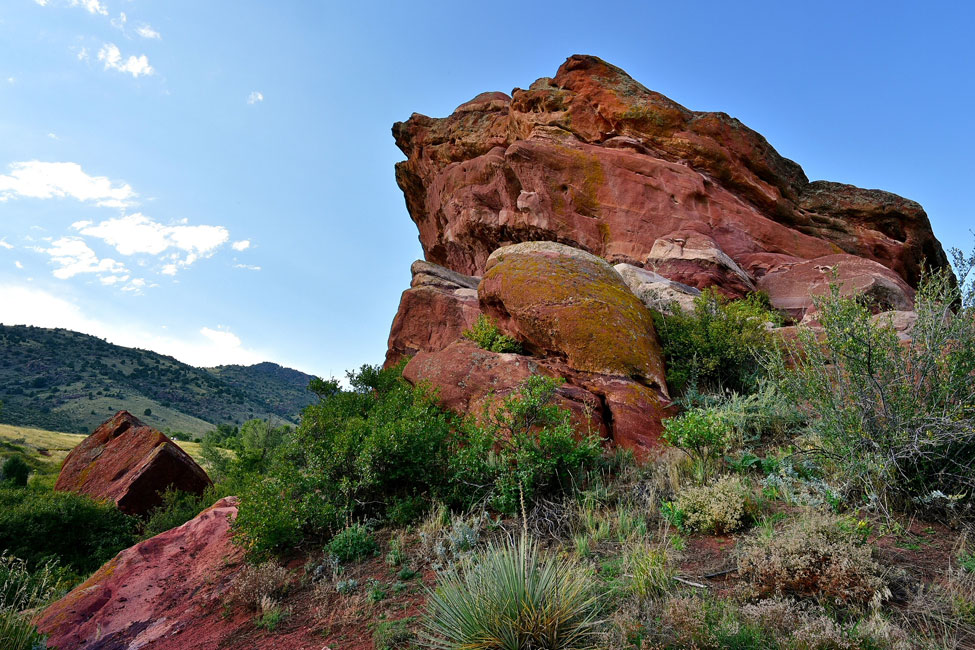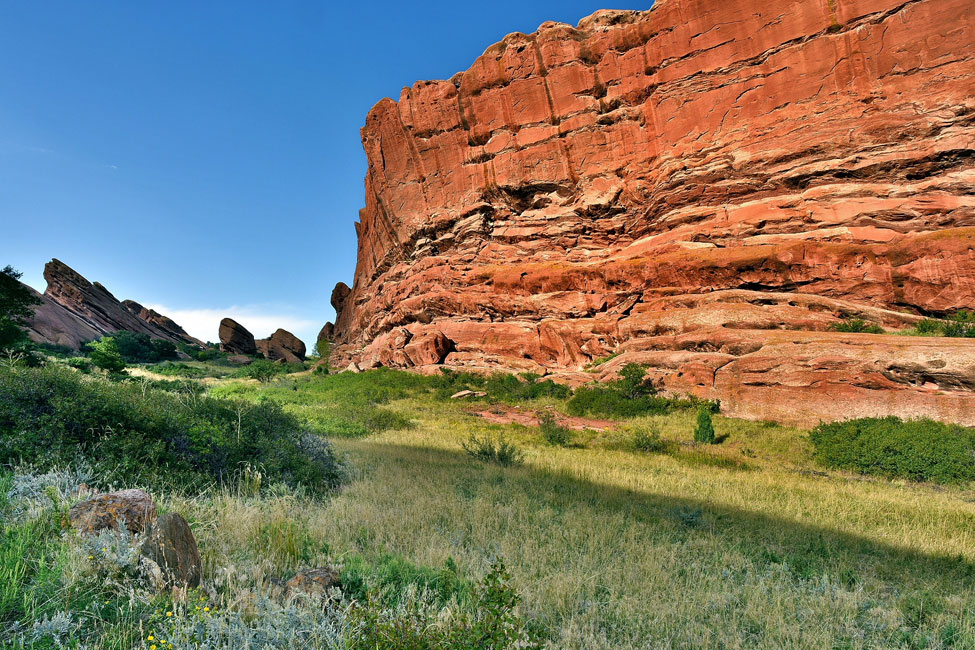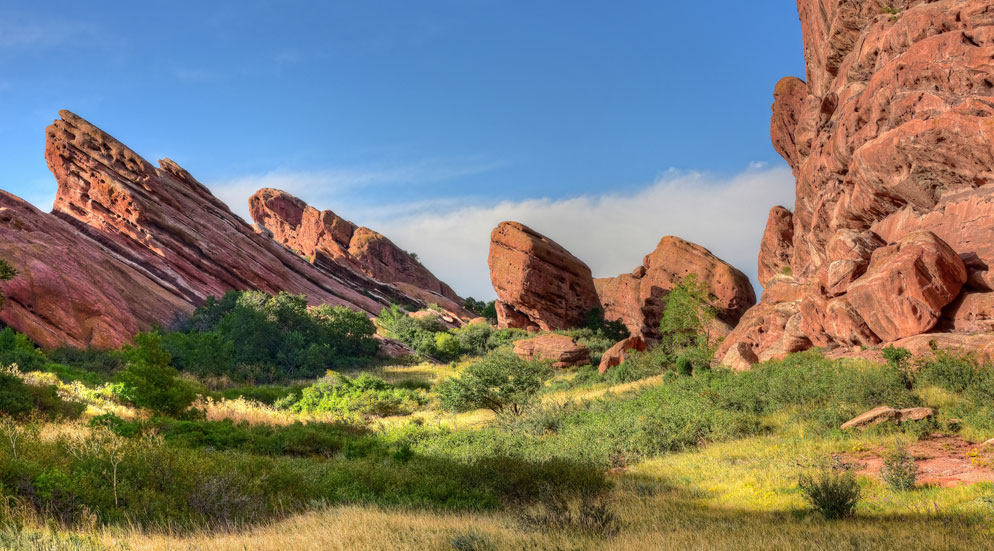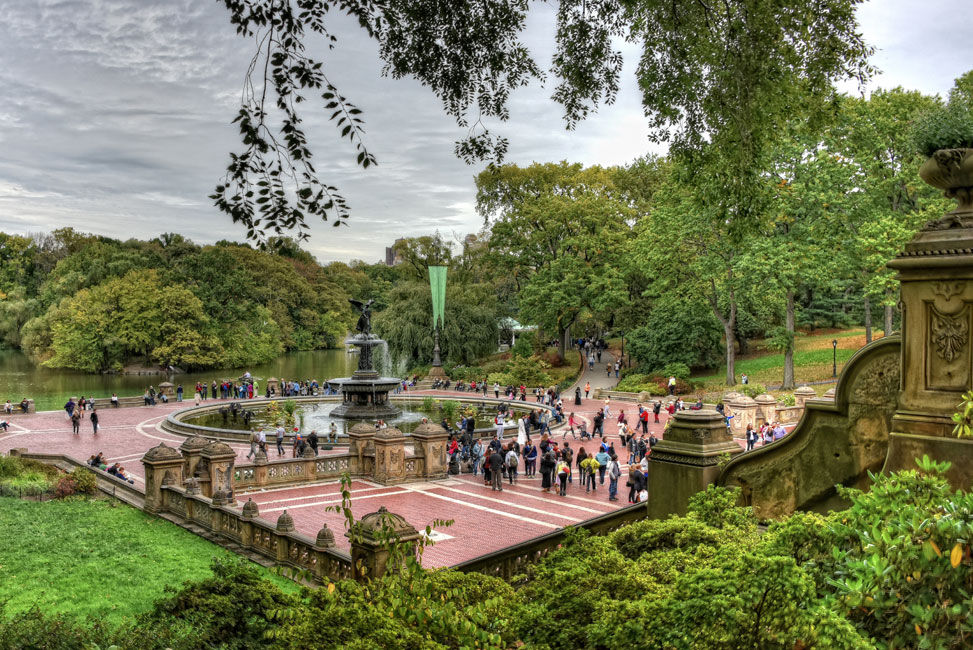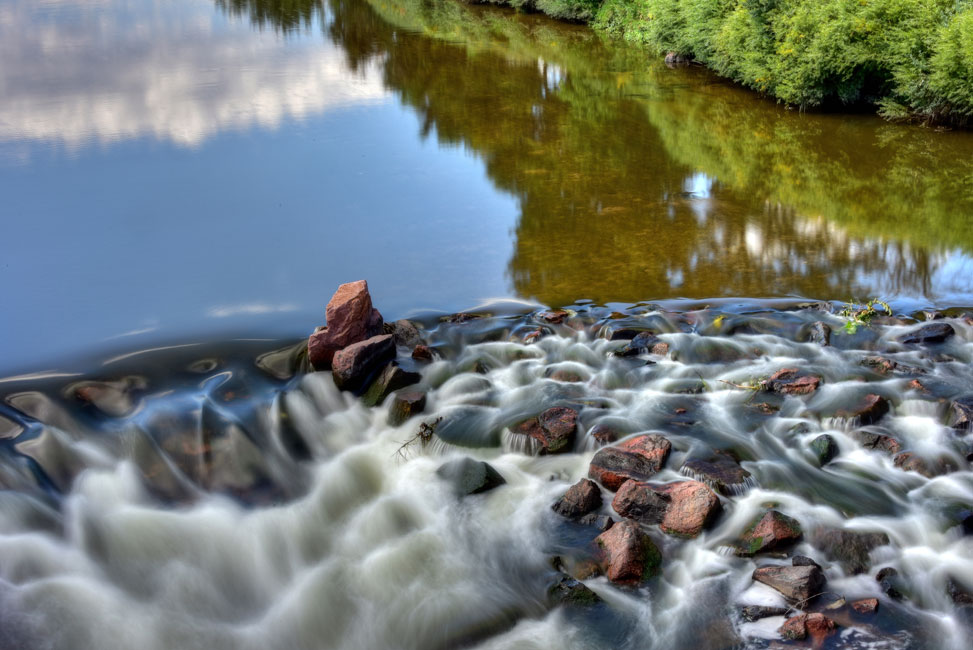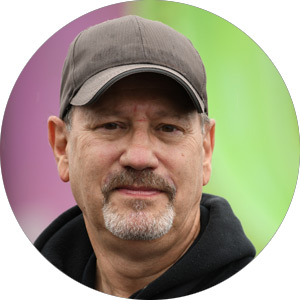New Directions: The D750 Inspires Creating, and Sharing, New Images
Part of my job as Nikon's senior product manager for professional DSLRs is to work with our cameras as they progress from prototypes to production to availability. Along the way I learn their features and capabilities, compare and contrast them to previous models in our line-up and shoot end-result images that showcase what they can do. Naturally, I come away from all these steps and stages with pretty complete knowledge of the new models.
Recently, though, a photographer friend threw me a curve. As I was just about to show him the D750 DSLR, he asked, "Was there anything about the camera that surprised you when you got to shoot with it?”
His question made me realize that often in these days of digital miracle and wonder, a new Nikon camera actually does take my photography in surprising directions.
The first thing I think when I get my hands on a new addition to the Nikon camera line is, How is this camera going to fit in with the way I like to shoot? After all these years, can a new camera make me a better photographer? Yes, sometimes it can. Can it make me a more enthusiastic one? Frequently.
What often happens is that the new camera will prompt me to modify some of my methods and preferences or to try something new. For me, one of the goals of photography is exploration. I want to see how the world reveals itself in ideas and images when I look through the viewfinder.
Changing Views with a Vari-angle LCD
The D750 took me in that direction right away because of its chief physical feature: a tilting Vari-angle LCD, which is a first for a full-frame, FX Nikon. The tilt angle LCD is one of those things that gets a "Oh, that's nice" or "Oh, okay," reaction when you first hear about it—but that response quickly turns into "Oh, way cool!" when you start using it.
I've always liked shooting high- and low-angle photos—and when I shoot video, I tend to like it a lot—but being able to make those types of images with a full-frame Nikon and some of my favorite AF-S NIKKOR lenses, was...well, way cool. And way creative when having that capability suggested pictures I might not have thought of making otherwise. Plus, the Vari-angle LCD proved problem-solving when it was the only way I could get low-angle or high-angle shots short of lying on the ground or standing on a ladder. It was nice to be able to see from a comfortable position what the lens was seeing. So that was a surprising turn for my shooting, right off the bat.
HDR
Red Rocks Park in Colorado. The D750 offers four settings for its in-camera HDR images: high, low, medium and auto. Choose auto and the camera analyzes the light, the contrast and, to a degree, the subject, to make its choice. Above, the result of setting auto. I used a tripod. D750, AF-S NIKKOR 20mm f/1.8G ED, 1/40 second, f/16, ISO 100, aperture priority, Matrix metering.
Red Rocks Park in Colorado. The D750 offers four settings for its in-camera HDR images: high, low, medium and auto. Shoot low and you'll get the most vivid effect; high brings you the most natural, least dramatic look; and medium a pleasant mid-point. Above, I used the high setting. I used a tripod. D750, AF-S NIKKOR 20mm f/1.8G ED, 1/40 second, f/16, ISO 100, aperture priority, Matrix metering.
Sharing Easily with Built-in Wi-Fi®
The D750 has also influenced what comes after I shoot a photo; namely, sharing it. Photography has always been about sharing what we see, what we care about, what we celebrate and want to remember; and what we want others to remember. I've shared in the past by making prints, by creating photo albums, by giving slide presentations and, with digital, by sending photos nearly instantly to others using e-mail or a secure FTP site. With the D750's built-in Wi-Fi capability, I can take a picture and send it to my compatible smartphone or tablet and then on its way to any number of social media sites, or individuals via e-mail or text message. What's really cool is when the responses and comments come back almost as quickly. Because of this quick communication capability, sharing has now become part of my imaging process.
D750 Video Features
Another effect on my shooting concerns the moving image. For years I concentrated on still photography before discovering that video is its own creative, expressive fun. But to really get into it I first had to change my thought process. When I take still photos I deal with fractions of a second to capture what I want. In video, it's the flow of events, the continuity of what's taking place in front of me that I'm out to record.
The D750's made a difference in my video shooting by giving me the ability to adjust the aperture steplessly, and quietly, while the camera is in record mode with its Power Aperture feature. When recording video, it’s typical to leave the camera in its record mode to capture all the action within the scene, which resulted in shooting a few seconds of video at f/4, then, realizing the need for f/8 or f/16 for the next shot, turning off the camera, resetting the aperture and starting up again. With the D750, I make the change as I'm shooting and make the edit later, at the computer. The scene's light changes, people walk around, water flows, clouds move—and I can adjust the aperture as it all happens to increase or decrease the zone of focus, create a mood or direct viewers' attention to an element in the scene.
Another favorite feature for setting exposure while recording is the highlight display that activates zebra stripes that show up on the LCD on areas that are very likely overexposed. If I see them, I know I need to reduce the amount of light by choosing a smaller aperture or changing the ISO.
For me, the surprising thing about a new Nikon camera is how it encourages and inspires me to explore new territory and return with brand new evidence of the adventure.

